During June we started to see the first fruits of our labours. We also had some failures.
By Nick Nutter | Updated 30 Sep 2022 | Andalucia | Organic Garden |
Login to add to YOUR Favourites or Read Later
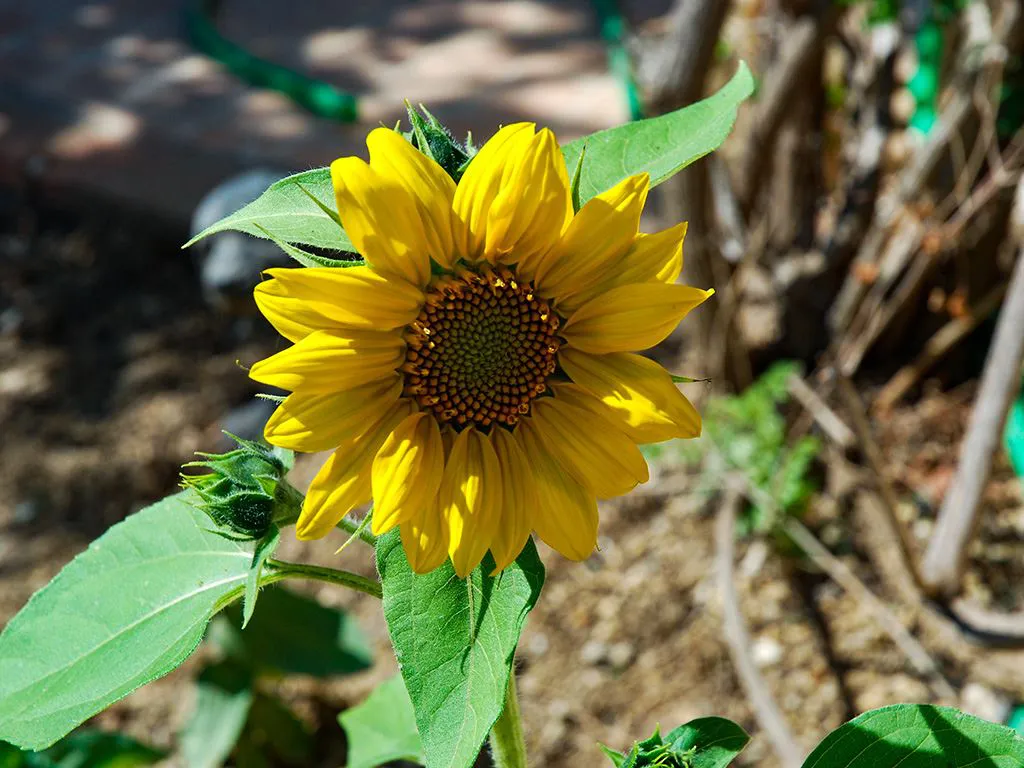
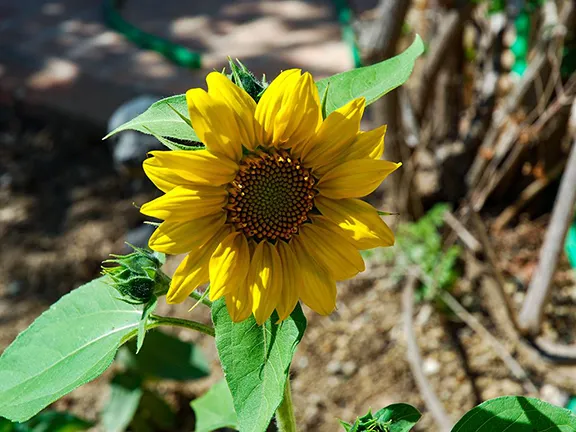
Sunflower
During June we started to see the first fruits of our labours. We also had some failures.
Let’s get the failures out of the way. The alluvial soil that we inherited and the topsoil we had delivered was not suitable on its own for root crops. The parsnips I sowed in March failed to germinate and the turnips and beetroot sowed at the same time were stunted things that soon went to seed. The peas produced some pods but the plants were not as bushy, healthy green or as prolific as I would expect. The only answer there is to dig in as much compost as I can between now and next spring.
On the other hand, the broad beans, that all came together as broad beans do, were delicious and the string beans that I sowed in the vegetable garden are producing nicely. Pick them when they are less than 20cm long to encourage more flowers and more succulent beans.
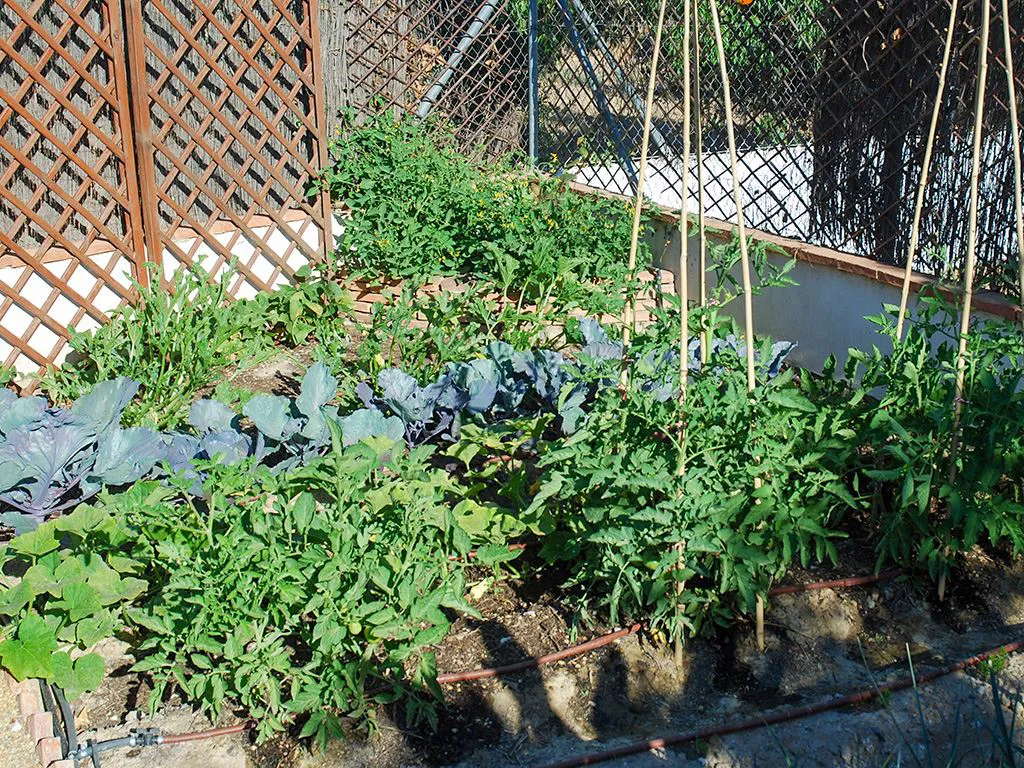
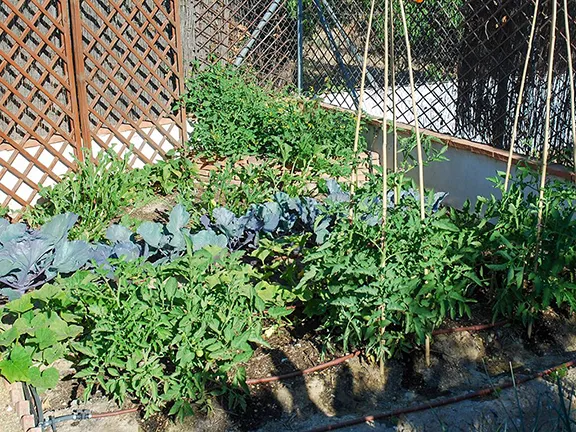
Tomatoes
The tomatoes are all doing well. Some of the bush tomatoes went into large pots because we ran out of open ground. They are on a drip watering system that feeds off the main system. The cane tomatoes are being tied in every couple of days and I am taking the side-shoots off at the same time.
We have been eating courgettes for three weeks now. They were the plants for which I desperately needed compost last month and they seem to have benefitted from the attention. The compost evens out the watering, particularly now daytime temperatures are getting towards the 90s.
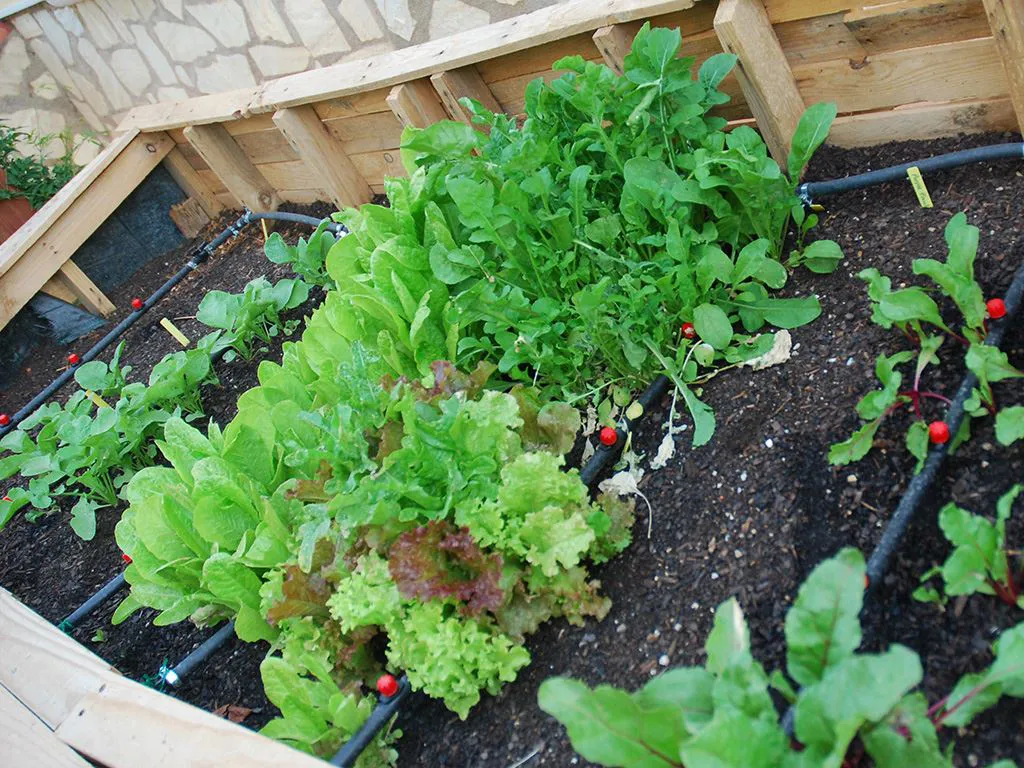
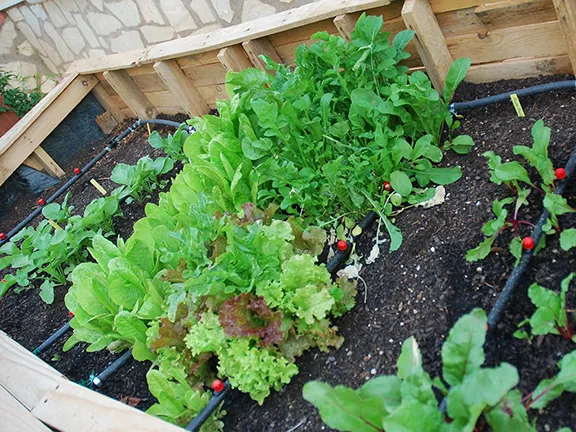
Julie’s raised beds work well. We have a constant supply of mixed leaves, lettuce and radish. The sprouts that she sowed in one of the beds produced very healthy plants that seem to like the topsoil. We are hopeful that we will have our own sprouts for Christmas. The raised beds have been so productive that, come autumn, they will be dismantled and rebuilt in brick in what used to be known as a keyhole garden. It’s basically a ‘U’ shaped bed with a path up the open end of the ‘U’. No part of the bed is outside arm’s reach. It is a very efficient use of space.
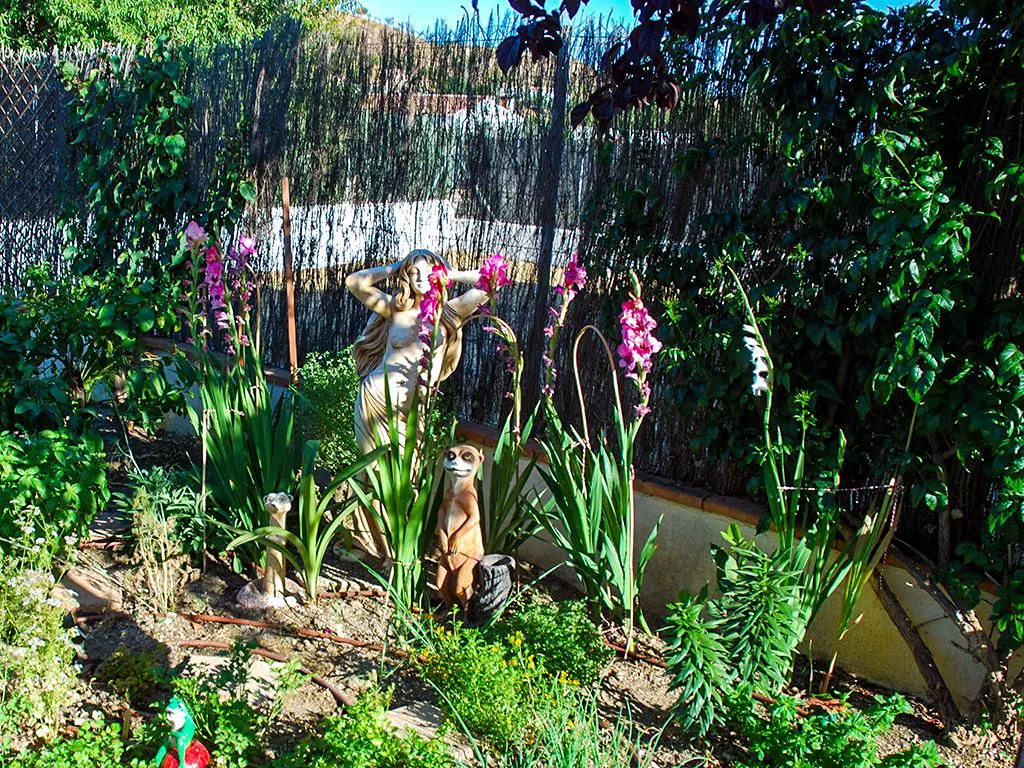
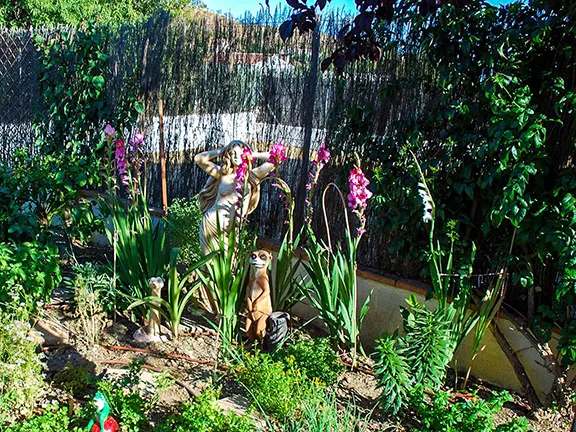
Gladioli among the herbs
In the herb garden, all the herbs are thriving, basil, coriander, dill, thyme, sage, parsley, marjoram, mint and bay are all used in the kitchen. The lemon grass, grown from seed, is coming along slowly but the spring onions, also from seed, have produced edible sized springies much faster than I would expect. I put in some gladioli bulbs between the herbs so it is really a colourful mixed bed. We have decided to move the herbs in late autumn to a triangular bed in front of the patio doors. They will be easier to pick and the space they occupy now is really a continuation of the kitchen garden so we will have more room for veg.
On the flower side, Julie’s sunflowers gave us a cheery display. Her zinnias should have been nipped back earlier. They are producing great flowers but are a bit spindly. The answer to that problem is to cut the flowering stem well back when the flowers finish. They will be small bushes by the end of next month. Window boxes and tubs with geraniums and pelargoniums are both colourful and little trouble so long as they are kept watered. Our window boxes have shallow reservoirs built in beneath the inner container. We can leave the window boxes for about five days without them coming to any harm. I suspect that will be somewhat less in mid-summer.
Finally, the two grape vines growing up the pergola on the side of the house. They have had no attention apart from pruning new growth to persuade them to grow over the pergola. Some of the growth produced flowers that are, as I write, small marble sized grapes in bunches. I have been watching how Jose, our Spanish neighbour, looks after his vines. This last week he trimmed back fruiting stems to five or six leaves beyond the last bunch on the stem. I have done the same. We shall see how they progress. I did notice that the growing tip of just one shoot was smothered in very small black insects and the same insects were occupying the underside of one leaf. I cut them off. I think they were grapevine flea beetles. Anyhow the plants are going to get a neem oil spray this evening, as are the red cabbage plants. I have seen some cabbage white butterflies showing an interest.
June is probably the last month before autumn that you will want to sow seeds. The ground becomes so warm that seeds cook rather than germinate. Two exceptions, well worth trying, are string beans and runner beans.
Both need well-prepared ground that was ideally composted for a previous crop. Good drainage is essential. Runner beans will grow to over 3 metres tall so, the way I plant them is in two rows, 1 metre apart, with about 15 cms between individual seeds. Soak the ground before pushing the seeds down to about 2cms. Then do not water again for one week to ten days. The first shoots should be showing when you start watering to keep the ground just damp. Support individual plants with 4 metre long canes, each stuck 1 metre into the ground; you can cut dead canes yourself down many of the river courses. Lean the canes inward so that they meet between the rows and tie them off. The plants will twine themselves around the canes as they grow. I sow Scarlet Emperor, an old variety that has beautiful red flowers that look attractive. The beans taste good as well. Pick them young to avoid the side strings.
If you do not like runner beans, then French string beans are an alternative. Sometimes called pencil beans they are started in the same way as runner beans except you can sow them roughly 6 cms apart in trenches 30 cms wide. Mostly self-supporting, depending on variety, they will appreciate stakes down both sides of the trench with a couple of lines of string between at 30 cms spacing. I grow a variety I bought years ago, the name long escapes me. I have been saving seed every year since. Saving string bean seeds is easy. Leave the last few pods on the plants until they are crispy. Remove the seeds and put them in a jiffy bag. Label the bag. I cannot count the number of times I have saved seed and not labelled them because I would remember what they were. Keep over winter in a cool, dry place. The garden shed is fine.
Other sowings that you can risk are beetroot and carrots. Make sure you have varieties that can be sown in early summer.